WHAT IS UMAMI?
Did you just murmur oooo what?
If you did, you’re not alone!
The four primary tastes we’re all familiar with are salty, sweet, sour, and bitter. However, there is a fifth taste sensation known as umami. It is described as a unique flavor that is savory, intense, and provides a texture and depth to foods that is similar to meat.
Pronounced ü-ˈmä-mē or oo-ma-me, it was discovered in Japan by a chemistry professor trying to identify the specific taste of dashi, a Japanese broth made with kelp (brown seaweed) and bonito (dried fish flakes). The Evidence Analysis Library of the Academy of Nutrition and Dietetics states that “the term “umami” was coined from the Japanese adjective for delicious (umai).”
The umami taste is created by a synergistic effect of combining the following components with minerals, often salt and potassium: 1. Glutamate (part of an amino acid), 2. Inosinate (part of a nucleotide), and 3. Guanylate (part of a nucleotide).
Biochemistry and food science help us understand that glutamate, in its full form, does not cause an umami taste response, it is only provided by the broken down form of glutamate, known as free glutamic acid (FGA). FGA is produced when glutamate is broken down via fermentation, aging, ripening, dehydration, and moist heat application.
Umami Flavor For Cooking
Glutamate is found in some meats, fish, and vegetables, inosinate is abundantly found in meat and fish, and guanylate is found in dried mushrooms, see image below.
Interestingly enough, babies also experience the umami taste sensation when consuming breast milk because it contains all of the necessary properties to stimulate the umami taste receptors.
Source: Umami Information Center http://www.umamiinfo.com/what/whatisumami/
Creating umami in the meals we make by combining the foods that contain the naturally occurring components can provide a whole new level of flavor to our creations and may, as some say, encourage us to eat smaller portions and use less salt due to a more satisfying and intense taste.
Researching and understanding umami on this new level has helped me appreciate the basis of my love for my recently purchased truffle salt. The flavor is so intense that you only need a tiny bit of it to increase the depth of the food’s taste, while not using any additional salt. For example, I mixed the truffle salt into my grass fed beef burgers and the entire family agreed that the taste was simply amazing!
The Popular Science website has a great online article entitled, Put the Science of Umami to Work for You. The article author, Paul Adams, and Ole Mouritsen, one of the authors of the book/recipe book, Umami: Unlocking the Secrets of the Fifth Taste, discussed how to “profoundly umamify any dish” by combining the foods that provide the necessary components.
Food production companies depend on using umami flavor additives, a.k.a. food enhancers, to increase the taste factor of many popular processed foods. The food enhancer ingredients are items such as MSG (monosodium glutamate), disodium inosinate, disodium guanylate, and numerous other names. If you’re interested in learning all of the ingredient names related to MSG and other umami type food additives, the button below is a link to the FDA about MSG and other food additives.
My list below contains names of many foods/ingredients high in umami to use for meal planning. For a full list of all of the specific umami-rich foods and a breakdown of how much glutamate, inosinate, and guanylate they each contain, please visit the Umami Information Center website referenced within the list. It’s really a fantastic website, I got lost in it for quite some time.
Umami Meal Planning
From a meal planning standpoint, it seems like we could have a lot of fun making healthier and/or more flavorful versions of foods that we're already preparing.
For example, I was thinking about how I could incorporate more umami taste into my family’s Thanksgiving turkey stuffing recipe. Our recipe incorporates glutamate and inosinate, via onions, chicken eggs, and pork sausage, but we're missing ingredients that contain guanylate.
In the culinary world, mushrooms are often used to replace meat because of their flavor, texture, and now we know, umami. I think replacing some of the sausage, in our stuffing recipe, with chopped, sautéed mushrooms would provide the perfect blend of all three components to create the intense umami taste.
The additional benefits of using mushrooms to replace some of the pork sausage in the stuffing are decreased fat, sodium, and cholesterol, and, depending on the type of mushroom used, additional fiber, vitamins C & D, folate, choline, selenium, iron, copper, and phosphorus. Wow! It's a win every way you look at it!
Why don't you try adding Umami to your cooking with this link to some umami recipes at the Umami Information Center: http://www.umamiinfo.com/recipes/
Have fun and happy cooking!




